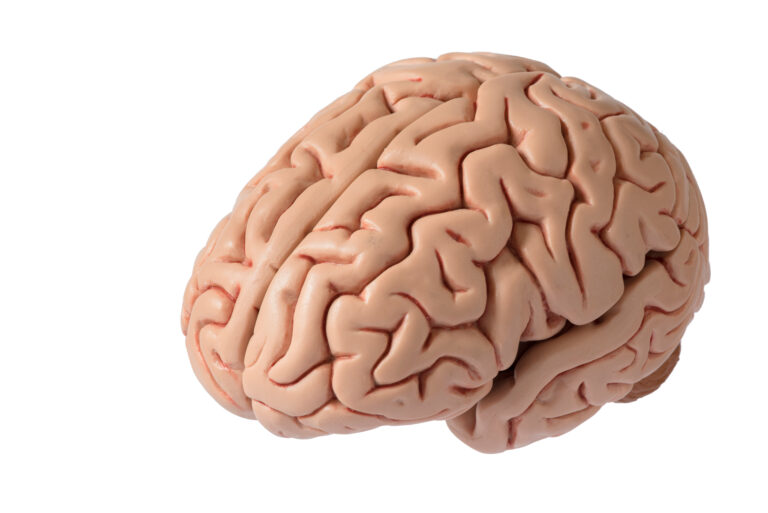Dementia is a condition that affects millions of people worldwide. It is a progressive neurological disorder that primarily affects memory, thinking, and behavior. As dementia progresses, it can also lead to physical changes and challenges, such as difficulty with mobility and coordination.
For those caring for individuals with dementia, toileting can be a particularly challenging task. In addition to the physical difficulties, individuals with dementia may also experience confusion, disorientation, and difficulty with communication, making it challenging to understand their needs and preferences.
One common issue that caregivers face in dementia care settings is toilet clogs. Not only can this be a nuisance and inconvenience for the caregiver, but it can also cause distress and discomfort for the individual with dementia. Here, we discuss some tips and strategies for preventing toilet clogs in dementia care settings.
Understand the Causes of Toilet Clogs in Dementia Care Settings
Before we dive into prevention strategies, it’s essential to understand the causes of toilet clogs in dementia care settings. As mentioned earlier, individuals with dementia may experience difficulty with communication and may not be able to express their needs effectively. This can lead to confusion about when to use the bathroom, how much toilet paper to use, and how to flush properly.
Furthermore, individuals with dementia may also forget to flush or may accidentally flush inappropriate items down the toilet, such as diapers or wipes. These factors can contribute to clogs and blockages in the toilet, causing frustration and inconvenience for both the caregiver and the individual with dementia.
Encourage Regular Bathroom Breaks
One of the most effective ways to prevent toilet clogs in dementia care settings is by encouraging regular bathroom breaks. This is especially important for individuals with dementia who may have trouble recognizing their body’s signals that they need to use the restroom.
Establish a routine for bathroom breaks throughout the day, including after meals and before bedtime. This will help ensure that the individual empties their bladder regularly, reducing the risk of accidents and toilet clogs.
Provide Visual Cues and Reminders
Individuals with dementia often respond well to visual cues and reminders. Consider placing a sign or picture in the bathroom as a reminder to flush the toilet and not to flush inappropriate items. You can also create a checklist of steps for individuals to follow when using the restroom, such as flushing, washing hands, and putting the lid down.
If the individual has difficulty remembering their bathroom routine, you can set reminders on their phone or use a whiteboard to list the steps they need to follow. These visual cues and reminders can help reduce confusion and prevent toilet clogs.
Use Toilet Seat Locks
Toilet seat locks are an effective tool for preventing toilet clogs in dementia care settings. These locks can be easily installed and will prevent the individual from flushing inappropriate items down the toilet. They can also help prevent accidental flushing, as individuals with dementia may forget how to operate the flushing mechanism.
Toilet seat locks are also useful for caregivers who may need to leave the room temporarily. This will prevent the individual from using the restroom unsupervised and potentially causing a clog.
Properly Dispose of Incontinence Products
Many individuals with dementia may experience incontinence, making the use of adult diapers or pads necessary. However, it’s crucial to dispose of these products properly, as flushing them down the toilet can cause clogs.
Have a designated trash can for disposing of these products in the bathroom and make sure it is emptied regularly. Additionally, make sure to educate any other caregivers or family members about proper disposal methods to ensure consistency and prevent clogs.
Regular Maintenance and Inspections
Regular maintenance and inspections of the toilet can also help prevent clogs in dementia care settings. Check for any signs of wear or damage to the toilet, such as cracks or loose parts, which could lead to clogs. Additionally, make sure to clean the toilet regularly to prevent buildup and keep it in good working condition.
If the individual with dementia is living in a long-term care facility, make sure to communicate any concerns about the toilet with the staff. They should have protocols in place for regular maintenance and repairs to prevent clogs and ensure the safety and comfort of their residents.
In conclusion, toilet clogs in dementia care settings can be a frustrating and challenging issue for both caregivers and individuals with dementia. However, with some simple strategies and interventions, they can be prevented. Encouraging regular bathroom breaks, providing visual cues and reminders, using toilet seat locks, properly disposing of incontinence products, and regular maintenance and inspections are all effective ways to prevent clogs and maintain a safe and hygienic environment for individuals with dementia. With patience, understanding, and these prevention techniques, caregivers can help reduce stress and discomfort for themselves and those in their care.





